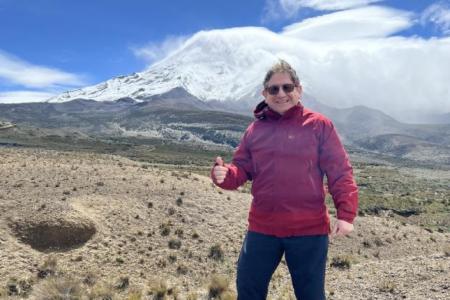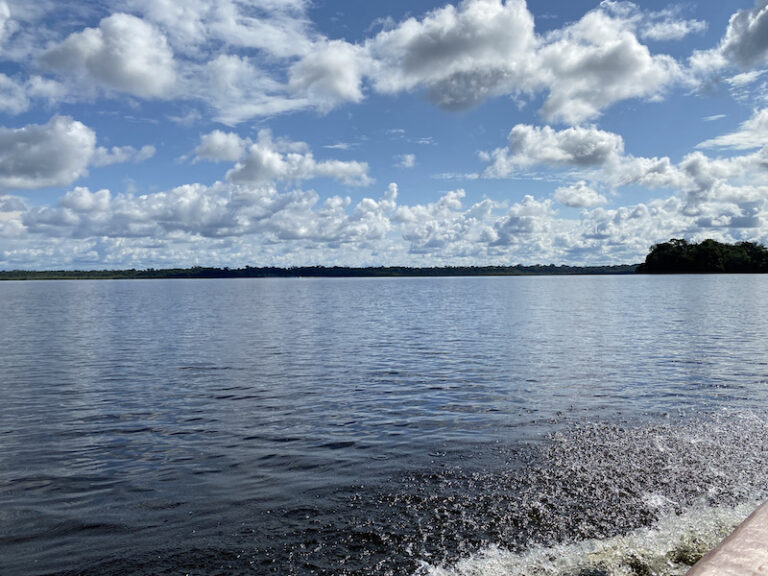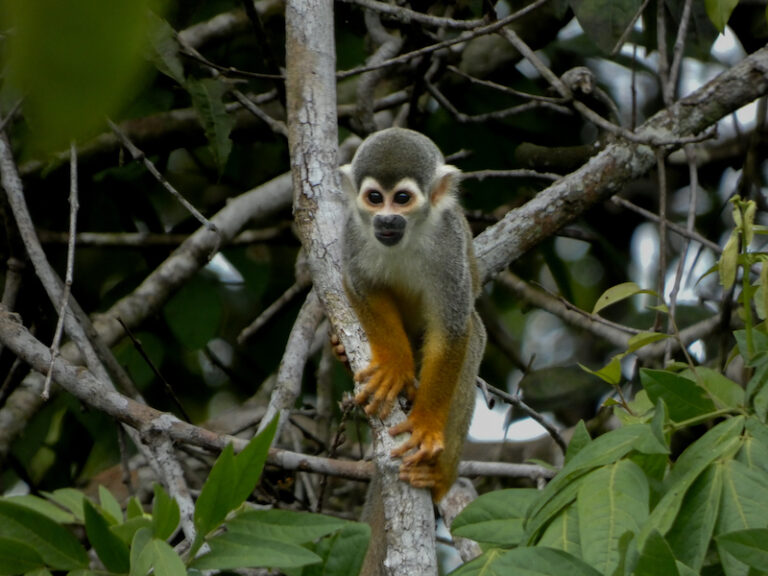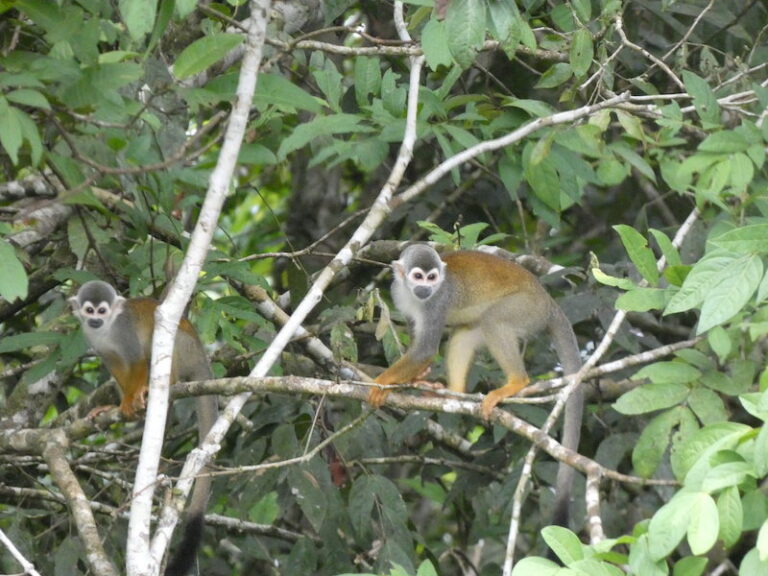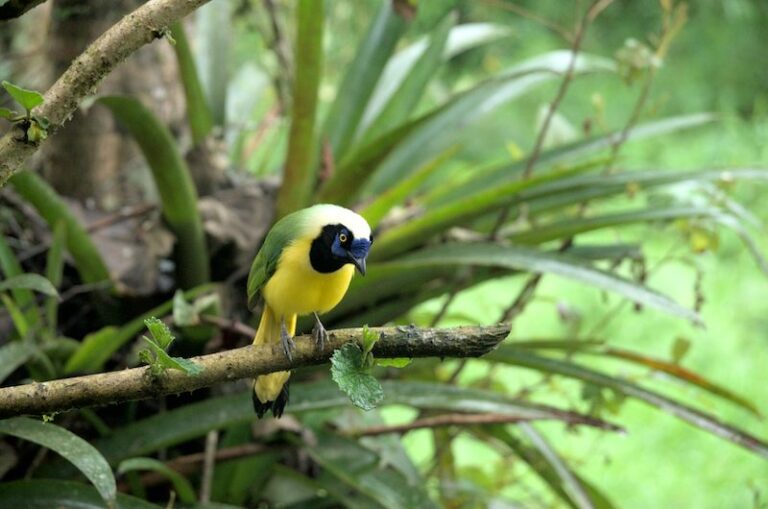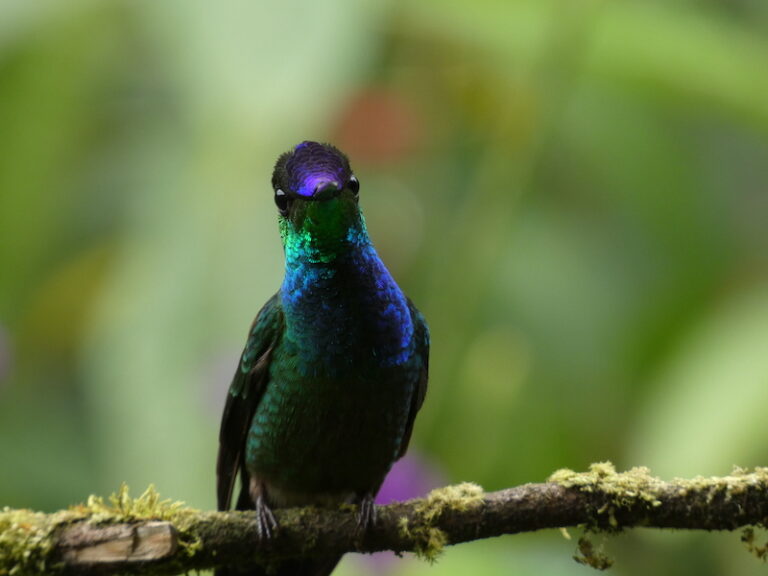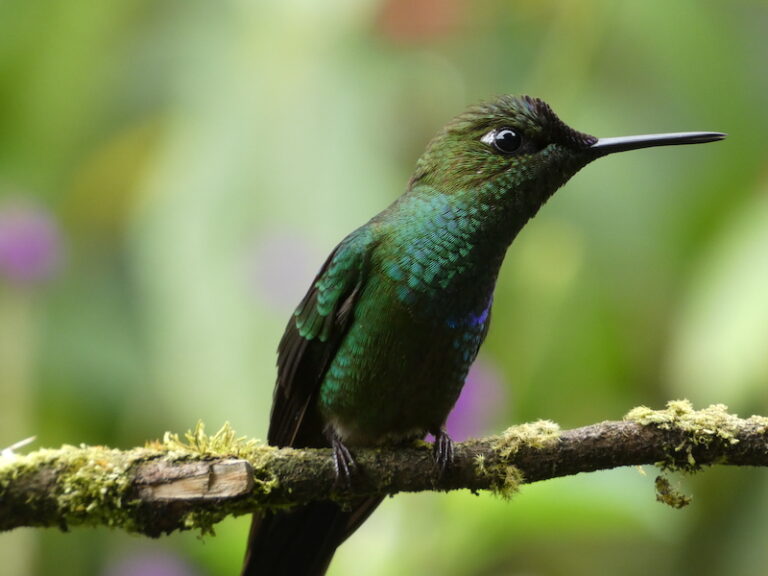Fausto Sarmiento
Could you please give us a brief summary of your academic career and its relationship to this project?
I am a montologist with a BS in Biology, a MS in Tropical Ecology, and a PhD in Landscape Ecology. I grew up in Ecuador, where I engaged with academic pursuits studying flora and fauna both at a local university and at the Ecuadorian Museum of Natural Sciences in Quito. The relationship between culture and nature has always framed my understanding of the tropical Andes Mountains or tropandean landscapes for short. I have been working steadily towards debunking the myth of “pristine landscapes” by considering tropical mountains as manufactured landscapes within socioecological systems. Now as a full professor of Geography, I am actively involved in developing transdisciplinary, convergent, and noetic or intellectually based mountain studies, akin with the notion of ecological legacies that is predicated by this grant.
Could you provide a “birds-eye” of the big questions that this project is addressing?
Since colonial times, the immensity of the tropical rain forest of the Amazon has been regarded as a pristine jungle, where animals and plants achieved their maximum expression of diversity, making it one of the world’s hotspots of biodiversity. However, the first chronicler of the European expedition led by Francisco de Orellana, wrote of the presence of large urban settlements and extensive food production. Such an incredible feat could not be explained by the indigenous tribes’ limited development of the present, and soon the colonial hegemony deemed Gaspar de Carvajal’s account of the “Discovery of the Amazon river” as appropriate. This gave the Spaniard conquistadors the recognition of discovering the Amazon territory. Recent studies have pointed out significant presence of anthropogenic formations, including palms and fruit trees, with a hyper dominance that could only be explained by ancestral plantations and utilization of domesticates that, after centuries of neglect and abandonment, have expanded to a great extent, akin to feral organisms in a so-called natural wild state state. Our questions try to identify cultural and natural evidence of the presence of human influence in the current configuration of tropical forest in the upper Amazon, with a known ancestral influence of the Umawa culture along the Napo river, associated more recently with the pan Amazonian identity of five other tribes of original people who occupied nearby traditional territories, including those at the Cuyabeno Reserve and at the Yasuni National Park.
Could you discuss the concept of the “pristine” and how your project engages with this concept?
Pristine is a condition in which elements of nature exists on their own, since the beginning of time, without any human intervention. This is a highly contentious terminology linked to the time that geography was driven by deterministic laws and absurd ideas about tropicality (a-la Gourou) and the physical limitations for disallowing cultural development comparable to the white northern European kingdoms in the ‘impure’ geographies of tropical countries. Our project tries to declutter the political underpinnings of tropical ecology by using paleoecology and archaeobotanical clues as well as social and cultural evidence held by local communities that have lived in these tropical forests for generations. Recent developments in ecological theory with interdisciplinary teams have confirmed the highly developed settlements of antiquity in the Amazon. With the newly confirmed “lost city” of Wapula in the upper Amazon on the Upano river valley, and the human interventions in areas now covered by montane forest in the Quijos valley, show evidence of fire-driven clearings for agricultural diversification in the Andean tree line.
What is the role of paleoecology in our understanding of deep ecological history and how does this project contribute to the overall “natural history” of this part of the world?
Paleoecology is a scientific discipline that studies past ecosystems via direct and indirect evidence of past biota, in particular those pollen grains, phytoliths, spores, diatoms, charcoal associated with plant formations (and cultivated varieties, like maize, palms, fruits) collected in areas with known sedimentary history (i.e., the mud at the bottom of lakes or the depositions in the speleothems –stalactites and stalagmites– of caves) that provide information from thousands and hundreds of thousands or even million years before the present. On the other hand, Archaeology provides us with scientific data related to the human activity prior to historic records found in digs or special accumulated artifacts (i.e., rock fragments, charcoal, broken pottery, tools) within the tens of thousands to the hundred years before the present. Conversely, Historical Ecology provides us evidence of the human impact from the written records of the late Holocene to the present.
What are some of the key findings of this project? (especially for a general audience. For example, any connections with conservation, sustainability, indigenous rights, climate change).
The key findings of the project confirm the alternative hypothesis about the role of humans in the configuration of current species composition and community structure of the tropical rain forest, particularly in settlements of the riverine environments with intermittently (varzea) and permanently (igapó) flooded systems. The traditional narrative of pristine forest is no longer valid for the Amazon, which must be passed onto young students as also tourists that marvel at the “pristine” imaginaries developed by Western science about the jungle. Nature conservation, thus, requires new narratives of cultural landscapes, focusing on the hyper dominance of human-related species (mainly fruit trees including palms) as evidence of ancestral influence in the fusion of culture and nature in a process of co-creation of the tropical jungle. Sustainability has to be challenged also with the notion of regenerating the harmonious co-existence of people and nature for the maintenance of conditions of high diversity of the jungle, but also for the stimulus of bringing back ancient practices for domestication and familiarization of plant and animal species of the Amazon, which highlights the notion of community-based tourism, indigenous people’s sovereignty and territorial domain, as well as the role of scientists in the debunking of the pristine myth.
6. What are your plans for this project (or others that are similar)?
We shall be able to disseminate the findings of the project to a wider audience with research articles, such as the one recently submitted to the journal Sustainability of the MDPI for open source. Similar papers will be prepared by the colleagues in paleoecology and archaeology and tropical ecology. The human geography side is highlighted with incorporating this research in the larger conversation about co-creation of nature and the nature-culture hybridity of manufactured landscapes. I gave a talk at the recent Dimensions of Political Ecology in Lexington KY on these topics, and more are to come, but in regional and international congresses, such as 35th IGC of the IGU in Dublin. In addition, our presence in social media should increase after the successful launch of the “Wayusada.com” website, where information is accessible to the public, including the “Kuk’a Umawa Declaration” prepared after an international workshop held in Ecuador in May 2023, to highlight the need to bridge science and community by promoting ethnotourism in the upper Amazon.
Other similar projects are on-going with the collaboration of the Ecuadorian counterparts to the UGA’s effort to study ecological legacies in the Andes. The ESPOCH-UGA collaboration initiated two projects dealing with biocultural heritage conservation of the Zuñac region in the Andean Amazon flank, and the ethnoecological study of the Kichwa Nizac people on a segment of the Kapak-ñan or Inka road toward Alausí in Chimborazo province. Further research funding in montology and ecological legacies is being explored at the National Geographic Society and the National Science Foundation.

